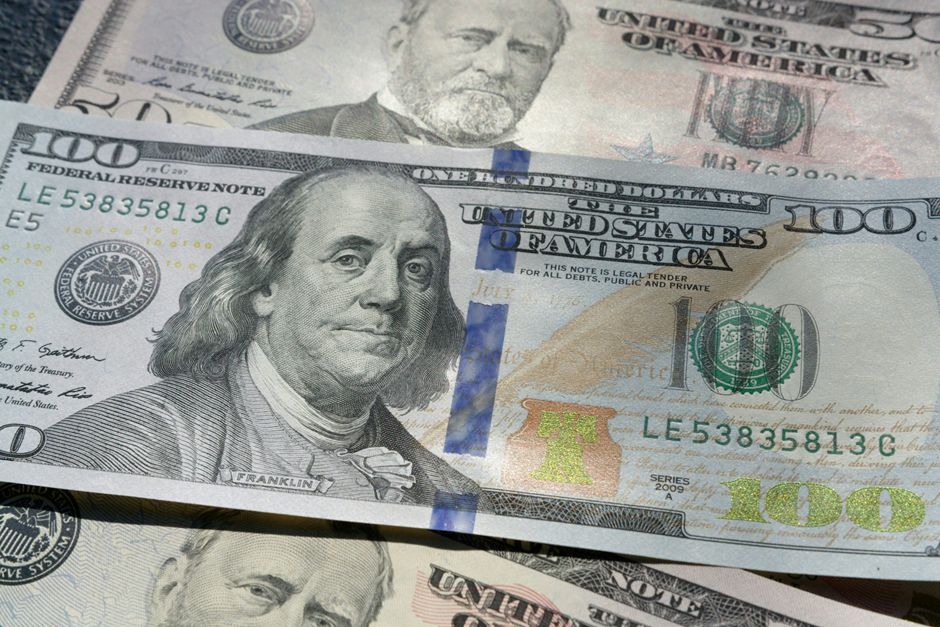
The Federal Reserve is working through a mix of strong economic performance and political pressure. Recently, it’s been cautious with interest rates with an ongoing wait-and-see approach. At its latest meeting, the Fed kept its key rate at 4.25% to 4.5%, the same as the previous two meetings. This stance speaks to ongoing issues surrounding volatile trade policies, a strong job market, and elevated projected inflation, which together have lessened the need for any more cuts. Historically, the Fed has reacted to both economic signals and external pressures. For example, during former and current President Trump’s administration, his trade policies and his repeated calls for lower interest rates to stimulate economic growth put extra pressure on the Fed.
The Federal Reserve has raised its inflation outlook, now expecting the core personal consumption expenditures price index to hit 2.8% in 2025, up from its previous estimate of 2.5%, while lowering its growth forecast to 1.7%, down from 2.1%. One factor behind this shift is Trump’s tariffs, which increase costs for importers and could lead to higher prices for consumers due to the inability of longer-term planning in the face of volatile policy. Meanwhile, Trump continues to push for interest rate cuts, emphasising his stance just hours after the Fed’s latest decision by stating, "The Fed would be much better off cutting rates as tariffs start to transition their way into the economy.” He continues to exert additional pressure on the central bank, raising concerns about its independence, especially in light of his recent decision to remove two Democratic commissioners from the Federal Trade Commission. Beyond politics, the Fed must also manage a cooling economy and a labour market expected to see unemployment rise slightly to 4.4% in 2025.
Looking ahead, the Federal Reserve’s next moves will largely depend on how the economy evolves, especially in response to Trump’s policies and retaliatory measures from targeted countries. If tariffs keep pushing up inflation, the Fed might hold interest rates high to stop the economy from overheating, something Powell has hinted at if inflation doesn't fall as hoped. On the other hand, if the labour market swings the other way, the Fed could implement more than the two rate cuts projected this year, currently projecting a rate of 3.9% by year end. In addition, the Fed is changing its approach to managing its balance sheet, planning to slow down its quantitative tightening, reducing the amount of Treasury securities it rolls off from $25 billion to $5 billion starting in April. This shift could help ease longer-term interest rates and support economic growth. Powell’s upcoming press conference is seen as key because it will likely offer more insight into the future path of interest rates during what he calls a “period of heightened uncertainty.” Meanwhile, with Trump set to announce reciprocal tariffs against major trading partners on April 2, it's a real test for the Fed to not only navigate these challenges but also maintain its independence while doing so.
Source: Reuters
Photos: Unsplash
